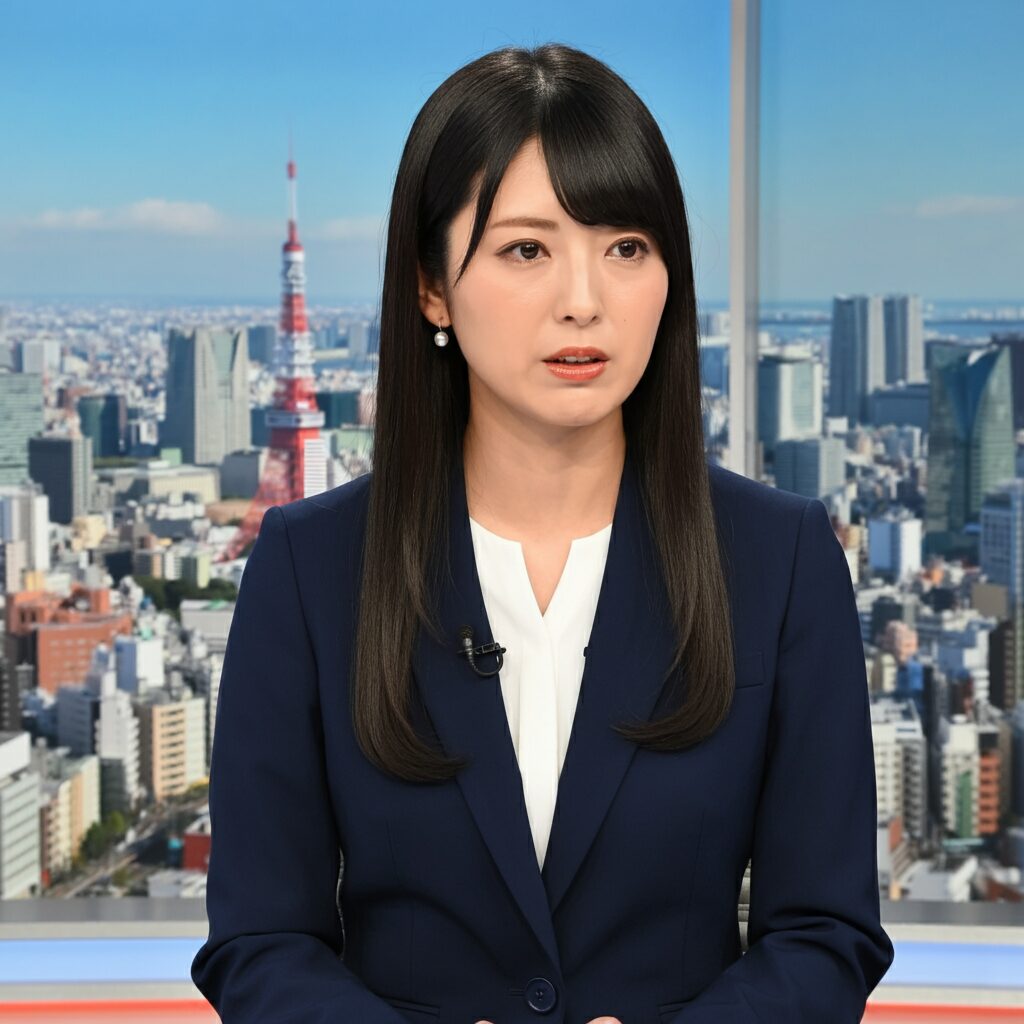
Okay, let’s break down the information from that press release from the National Institute of Information and Communications Technology (NICT) regarding their 3D visualization of ionospheric disturbances after earthquakes.
Headline: Highly Accurate 3D Visualization of Ionospheric Disturbances after Earthquakes
Source: National Institute of Information and Communications Technology (NICT), Japan
Publication Date: June 6, 2025
Core Idea: NICT has developed a new method to visualize how the ionosphere is affected by earthquakes in three dimensions (3D) with high accuracy. This allows for a more detailed understanding of the relationship between earthquakes and ionospheric changes.
Background and Significance (Why is this important?)
- Earthquake Prediction/Monitoring (Potential): While this research doesn’t provide earthquake prediction yet, understanding how the ionosphere reacts to earthquakes could potentially lead to improved monitoring systems and, further down the line, assist in better earthquake preparedness. There are ongoing efforts to investigate the possibility of utilizing ionospheric disturbances as precursor signals for earthquakes, but this is a complex and controversial area of research.
- Impact on Communication and Navigation: The ionosphere is a layer of the Earth’s atmosphere containing ionized particles. It significantly affects radio wave propagation, which is crucial for:
- GPS/GNSS Accuracy: The ionosphere can cause delays and errors in GPS/GNSS (Global Navigation Satellite System) signals, affecting positioning accuracy. Knowing how earthquakes influence the ionosphere is crucial for correcting these errors.
- Satellite Communication: Radio signals between satellites and the ground pass through the ionosphere. Disturbances can disrupt or degrade these communications.
- HF (High-Frequency) Radio Communication: Long-range communication relies on HF radio waves bouncing off the ionosphere. Ionospheric changes directly impact HF communication quality.
- Understanding Earthquake Dynamics: The ionosphere is coupled to the Earth’s surface and atmosphere. Studying ionospheric disturbances provides insights into how energy and waves propagate upwards from the earthquake source, contributing to a broader understanding of earthquake mechanisms.
The Breakthrough: 3D Visualization
- Traditional Methods (Prior to this research): Previously, ionospheric disturbances were often studied using two-dimensional (2D) representations. This provided a limited view and made it difficult to fully grasp the complexity of the phenomenon.
- Benefits of 3D Visualization: By visualizing the ionospheric disturbances in 3D, researchers can:
- See the Vertical Structure: Understand how the disturbances evolve at different altitudes within the ionosphere. This is crucial because the ionosphere isn’t a uniform layer; its properties vary with height.
- Track the Propagation: Trace how the disturbances propagate horizontally and vertically, gaining insights into the underlying physical processes.
- Improve Accuracy: A 3D model allows for more accurate representation and modeling of the ionosphere’s behavior.
- Key Features of NICT’s Method (Presuming based on typical approaches):
- Data Integration: The method likely integrates data from various sources, such as:
- GNSS Receivers: Ground-based GNSS receivers (like those used for GPS) measure the total electron content (TEC) along the signal path. TEC is a measure of the number of electrons in the ionosphere that the signal passes through.
- Satellite Observations: Satellites can carry instruments that directly measure ionospheric plasma parameters.
- Ionosondes: Ground-based radars that probe the ionosphere.
- Advanced Algorithms: Sophisticated mathematical algorithms are used to process the data and reconstruct the 3D structure of the ionosphere. These algorithms probably involve:
- Tomographic Techniques: Similar to medical CT scans, ionospheric tomography uses multiple lines of sight to reconstruct the 3D distribution of electron density.
- Data Assimilation: Combining observational data with physical models of the ionosphere to create a more complete and accurate picture.
- High Resolution: The “high accuracy” mentioned in the title suggests that the 3D visualizations have a relatively fine spatial and temporal resolution, allowing for detailed analysis of the disturbances.
- Data Integration: The method likely integrates data from various sources, such as:
Implications and Future Directions
- Enhanced Ionospheric Modeling: The 3D visualization technique can be used to improve existing models of the ionosphere. Better models lead to more accurate predictions of ionospheric behavior.
- Improved GPS/GNSS Accuracy: More accurate ionospheric models can be used to correct for ionospheric delays, improving the accuracy of GPS/GNSS positioning, which is important for applications like:
- Navigation
- Surveying
- Precision agriculture
- Better Understanding of Space Weather: The ionosphere is a key part of the Earth’s space environment. Understanding how earthquakes affect it can contribute to a broader understanding of space weather phenomena.
- Potential for Earthquake Research (Long-Term): Although not a direct prediction tool, the detailed observations from this method can contribute to research exploring the potential links between earthquake activity and ionospheric changes. This research could potentially lead to new approaches for earthquake monitoring in the future.
In summary, NICT’s development of a highly accurate 3D visualization method for ionospheric disturbances after earthquakes is a significant advancement. It allows for a more detailed understanding of the complex relationship between earthquakes and the ionosphere, with potential implications for improving communication, navigation, and our understanding of earthquake dynamics.
The AI has delivered the news.
The following question was used to generate the response from Google Gemini:
At 2025-06-06 05:00, ‘地震後の電離圏変動を3次元解析で高精度に可視化’ was published according to 情報通信研究機構. Please write a detailed article with related information in an easy-to-understand manner. Please answer in English.
2